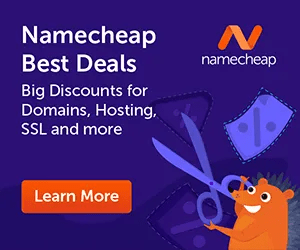We’re at a transitional second in streaming — consumer progress is slowing and main gamers are looking to consolidate, however the long-promised dream of profitability lastly appears within reach (particularly if you’re Netflix).
The proper time, then, for The New York Occasions to interview many of the industry’s big names — together with Netflix co-CEO Ted Sarandos, Amazon’s Prime Video head Mike Hopkins, and IAC chairman Barry Diller — about what they suppose comes subsequent.
There gave the impression to be broad settlement on many of the massive themes: Extra advertisements, greater costs, and fewer massive swings on status TV. These modifications are all united by the shift in direction of profitability, somewhat than growth-at-all-costs. If the preliminary costs of many streaming companies appeared unsustainably low at launch, it seems they have been — costs have been steadily rising, whereas the streamers have additionally launched extra inexpensive subscription tiers for viewers who’re keen to look at advertisements.
In actual fact, some execs instructed The Occasions that streamers will preserve elevating costs for the ad-free tiers with the purpose of pushing extra clients to join ad-supported subscriptions as a substitute.
The expansion of ad-supported streaming might additionally have an effect on the varieties of flicks and exhibits that get produced, since advertisers usually wish to attain a mass viewers — consider the heyday of ad-supported community TV, with its limitless exhibits about docs and cops, in comparison with the extra formidable fare on subscription-supported HBO.
That shift is already underway in streaming, although executives insist they’re not abandoning their hopes of discovering the following “Sopranos” or “Home of Playing cards.” Sarandos (who’s already been backing away from his decade-old boast that he needed Netflix “to turn into HBO earlier than HBO might turn into us”) stated Netflix can “do status TV at scale,” however added, “We don’t solely do status.”
Equally, Hopkins stated that at Prime Video, “procedurals and different tried and true codecs do effectively for us, however we additionally want massive swings which have clients saying ‘Wow, I can’t imagine that simply occurred’ and could have individuals telling their associates.’”
Different not-too-surprising predictions embrace better funding in stay sports activities (“the only and most attention-grabbing factor,” based on Warner Bros. Discovery board member John Malone), extra bundling, and both the shutdown or merger of some current companies. Apparently there was consensus among the many executives that streamers want a minimum of 200 million subscribers to be “large enough to compete,” as former Disney CEO Bob Chapek put it.
A few of these modifications could be welcome, however they reinforce the sense that streaming — a minimum of as envisioned by the executives presently operating the enterprise — received’t be all that totally different from the outdated cable TV ecosystem. Some issues shall be higher (on-demand viewing), some shall be worse (compensation for writers, actors, and other talent), and there may be totally different gamers on the prime. However in some ways, it’s going to really feel like the identical outdated TV.
















